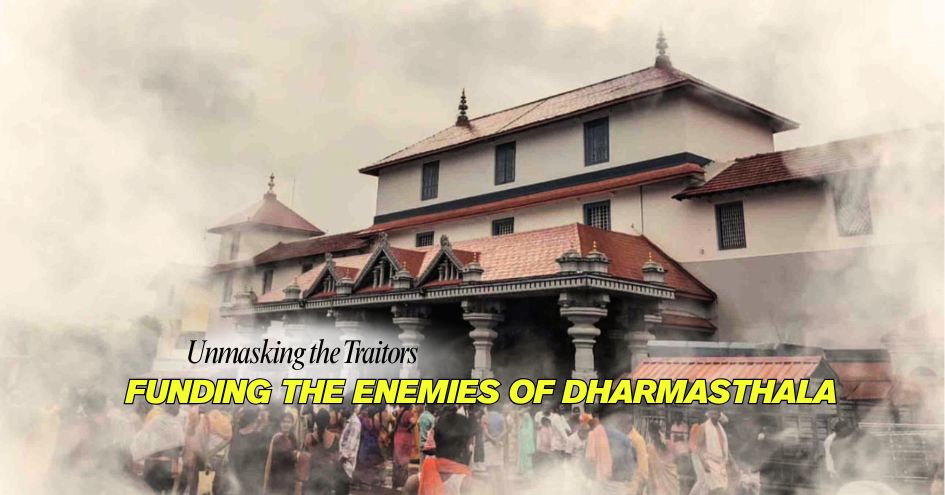
Origins & Legend
Around 800 years ago, the region now called Dharmasthala (formerly "Kuduma") was dominated by Jain chieftain Birmanna Pergade (later called Heggade). His household, Nelliadi Beedu, became central to local religious life. Devoted to righteousness and hospitality, the Pergade family was visited by four Dharma Daivas (protective deities) in a dream. They directed him to vacate his home for their consecration and to establish shrines. Pergade complied, dedicating himself to dharma.
Daiva Concept in Tulu Nadu
The Daiva concept of the Tulu Nadu region is indeed one of the most profound and unique cultural-spiritual traditions in India. It blends elements of ancestral spirit worship, local folk belief, and devotion to higher deities into a living practice that has guided communities for centuries. In this context, the story of Annappa Swami of Dharmasthala beautifully embodies the depth of this tradition. In Tulu culture, Daivas (divine spirits) are not distant gods but protective guardians of the land, families, and villages. They act as mediators between the supreme deities (Shiva, Vishnu, Devi, etc.) and the people, ensuring justice, protection, and prosperity. Daiva Aradhane (spirit worship) involves rituals, oracles, and dance-dramas (like Bhoota Kola), where the Daiva manifests through chosen mediums to guide the community.
Unlike temple rituals performed by priests, Daiva rituals are democratic and community-driven—any devotee, regardless of caste or class, can seek the Daiva’s justice.
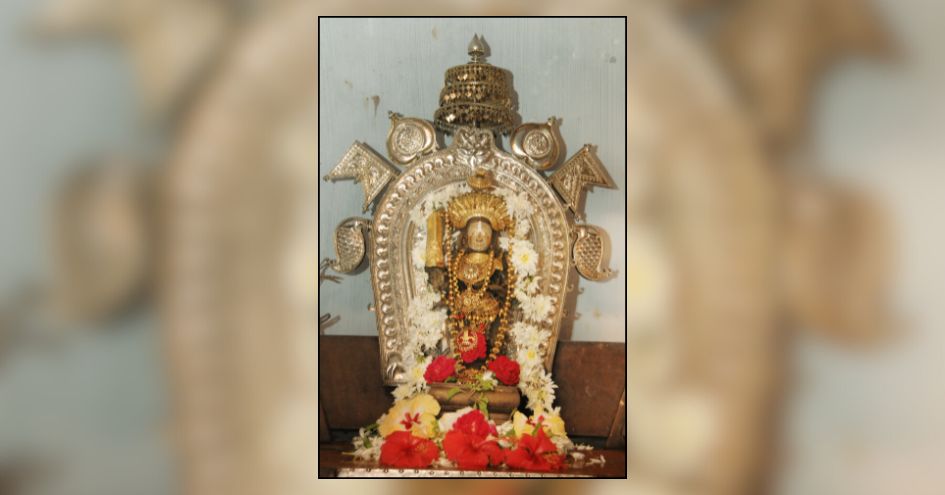
Annappa Swamy’s Devotion
Following a priestly suggestion, a Shivalinga was to be placed beside the Daiva shrines. The Daivas dispatched Annappa Swamy, a vassal of the Pergade family, to procure it from Kadri temple near Mangalore. Remarkably, the next day he appeared having installed the Linga—but then vanished mysteriously. This Linga became the heart of what is now the Manjunatha Temple. Annappa Swamy's selfless devotion and miraculous deed transformed him into a revered local guardian deity known as Annappa Panjurli. A shrine dedicated to him stands atop Annappa Betta (Hill), near the main temple complex. During Bhuta Kola ritual performances, it is believed that Annappa Swamy’s spirit descends into the performers, offering guidance and blessings as a spiritual oracle.
Naming of Dharmasthala
In the 16th century, Sri Vadiraja Swami of Udupi was invited to reconsecrate the Manjunatha Linga according to Vedic rites. Impressed by the religious and charitable customs preserved by the Pergade lineage, he renamed the site "Dharmasthala", meaning “Abode of Dharma,” endorsing its reputation for religious tolerance and service. To consecrate the shrine in the proper Vedic tradition, Vaishnava Brahmin priests were invited. Since then, Brahmins have performed the daily pujas according to Shaiva Agama rituals. The temple deity is Lord Manjunatha (Shiva), a Shaiva icon. The trustees/administrators are the Jain Heggade family, serving selflessly as Dharmadhikaris. The guardian and protector is Annappa Swami, the Daiva, whose spirit presence legitimises and safeguards the sacred order. This triad — Shaiva devotion, Jain stewardship, and Daiva protection — is the hallmark of Dharmasthala and a shining example of Tulu Nadu’s spiritual inclusivity. Thus, Annappa Swami represents how the Daiva tradition is not mere folklore, but a living spiritual force that bridges the divine, the people, and the land in Tulu Nadu.
The Heggade’s role as Dharmadhikari
The Heggade family remained Jains, but they took on the responsibility of ensuring that the Shaiva temple was properly managed, priests were supported, pilgrims fed, and justice dispensed in the name of Dharma. They administer the temple, the trusts, and thousands of social projects (like free food for pilgrims, hospitals, schools, universities, rural development). The hereditary head is not called a "priest" but a Dharmadhikari – the one who safeguards Dharma for all communities. Dharmasthala, under the guidance of Dharmadhikari Dr. D. Veerendra Heggade, has become a beacon not just for spirituality and service, but also for education. Its institutions span from primary schools to professional colleges, nurturing lakhs of students across Karnataka.
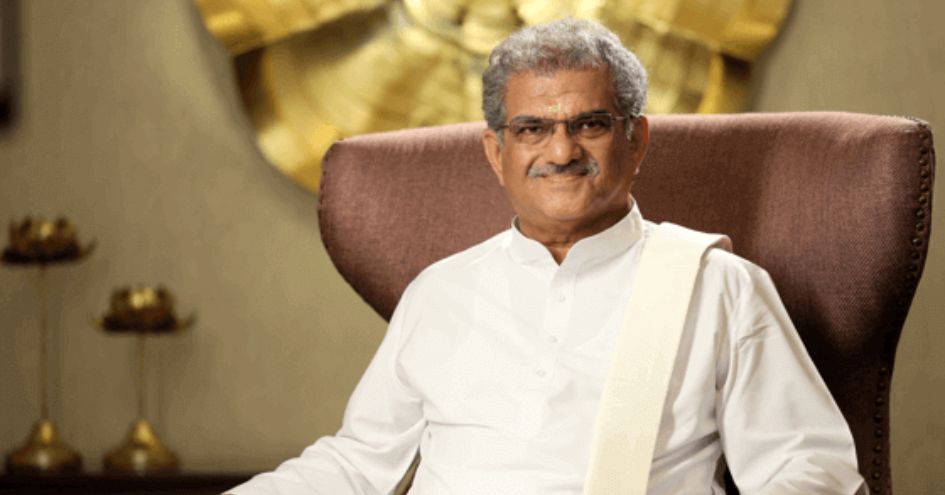
Here is a structured list:
Educational Programs of Dharmasthala
1. Primary & Secondary Education
2. Colleges & Higher Education
3. Professional & Technical Education
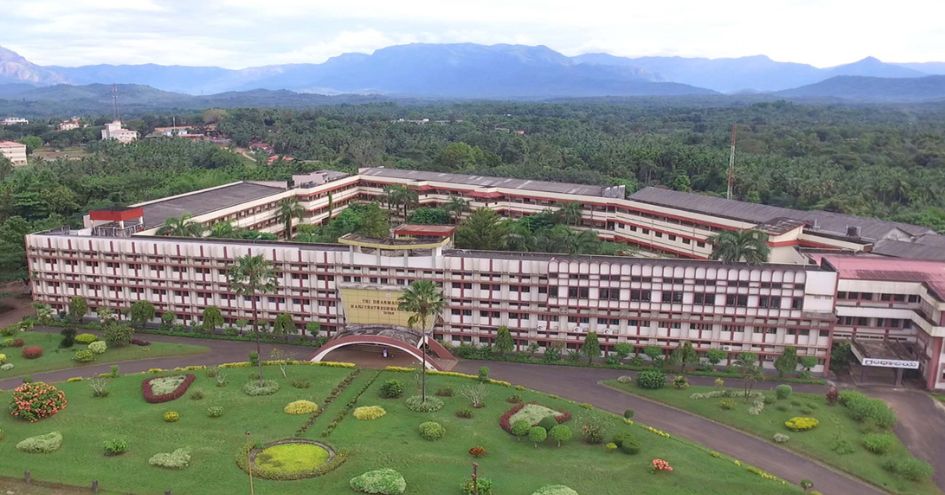
4. Medical & Health Sciences
5. Vocational & Community-Based Education
Why some forces are attacking this holy place
Attacks on Dharmasthala are not new. Whenever a holy place becomes a symbol of harmony, service, and unity, those with hidden agendas try to malign its image. The case of Dharmasthala is even more sensitive, because it represents a unique blend of Jain, Shaiva, Vaishnava, and folk traditions living in harmony — something that extremists and divisive forces find uncomfortable. They spread rumors like “How can a Jain family run a Shiva temple?” They twist this sacred arrangement into a religious contradiction, while in reality it is an 800-year-old divine mandate and tradition of coexistence.
Their hidden aim is to break the unity of traditions that Dharmasthala represents.
Dharmasthala runs massive charity programs — free food for lakhs of pilgrims daily, hospitals, schools, cultural preservation, rural development. Opponents try to spread false stories about misuse of funds to shake people’s faith. The goal is not transparency (which the Heggades already maintain), but to weaken public trust in this sacred institution. The Daiva traditions of Tulu Nadu (like Annappa Swami who brought the Linga from Kadri) are sacred to locals. Some agenda-driven people dismiss these traditions as “superstition” or “folklore without basis. By mocking this, they try to alienate local faith and detach people from their cultural roots.
Spreading Political Narratives
Because the Dharmadhikari (Heggade) family is highly respected, attempts are made to politicize their role.Fake narratives are circulated like “They support only one community / one party.” This is done to divide devotees along political or caste lines.
Dharmasthala’s development programs (education, rural upliftment, health, cultural preservation) give it enormous moral authority. Certain lobbies and vested interests feel threatened by this positive social power and try to erode its credibility.
The Hidden Agenda
Such attacks usually come from: Religious extremists who cannot tolerate interfaith harmony. Anti-social lobbies who fear Dharmasthala’s moral influence. Political opportunists who want to break people’s faith to gain mileage.Behind the attempt to tarnish the sanctity of Dharmasthala are unseen hands. These hands belong to the enemies of Dharma – those who fear the unity of society, those who burn with jealousy at the progress of the people. To feed the mouths of such schemers, a few financiers pour in money from behind the curtain.
Who are they in reality?
To such people, only one truth can be said:
“No false propaganda can ever dim the radiance of Dharmasthala. The lamp of Dharma, lit in the hearts of people for over 800 years, cannot be extinguished by your greed for money. Your money will ultimately rot in the gutter, but the service of Dharmasthala will continue to shine forever in the tears, blessings, and joy of the people.”
Those who pour money to oppose Dharmasthala are nothing but traitors to Dharma, hypocrites of society, and vermin frightened of people’s progress. Time itself will erase their names, and history will speak of them only as a curse. Despite all this, Dharmasthala has withstood centuries of such attempts, because its foundation is Dharma, selfless service, and unity of traditions. No malicious campaign can shake the faith of millions who have directly experienced its sanctity and seva.
 Wing Commander BS Sudarshan is a former Indian Air Force pilot with over 12,000 flying hours. He participated in Operation Pawan and Operation Cactus before he transitioned to civil aviation. A passionate writer, he has authored six books, including "Hasiru Hampe", appreciated by S L Bhyrappa, and the latest "Evergreen Hampi". He is a regular contributor to the Verandah Club.
Wing Commander BS Sudarshan is a former Indian Air Force pilot with over 12,000 flying hours. He participated in Operation Pawan and Operation Cactus before he transitioned to civil aviation. A passionate writer, he has authored six books, including "Hasiru Hampe", appreciated by S L Bhyrappa, and the latest "Evergreen Hampi". He is a regular contributor to the Verandah Club.
PREVIOUS ARTICLE
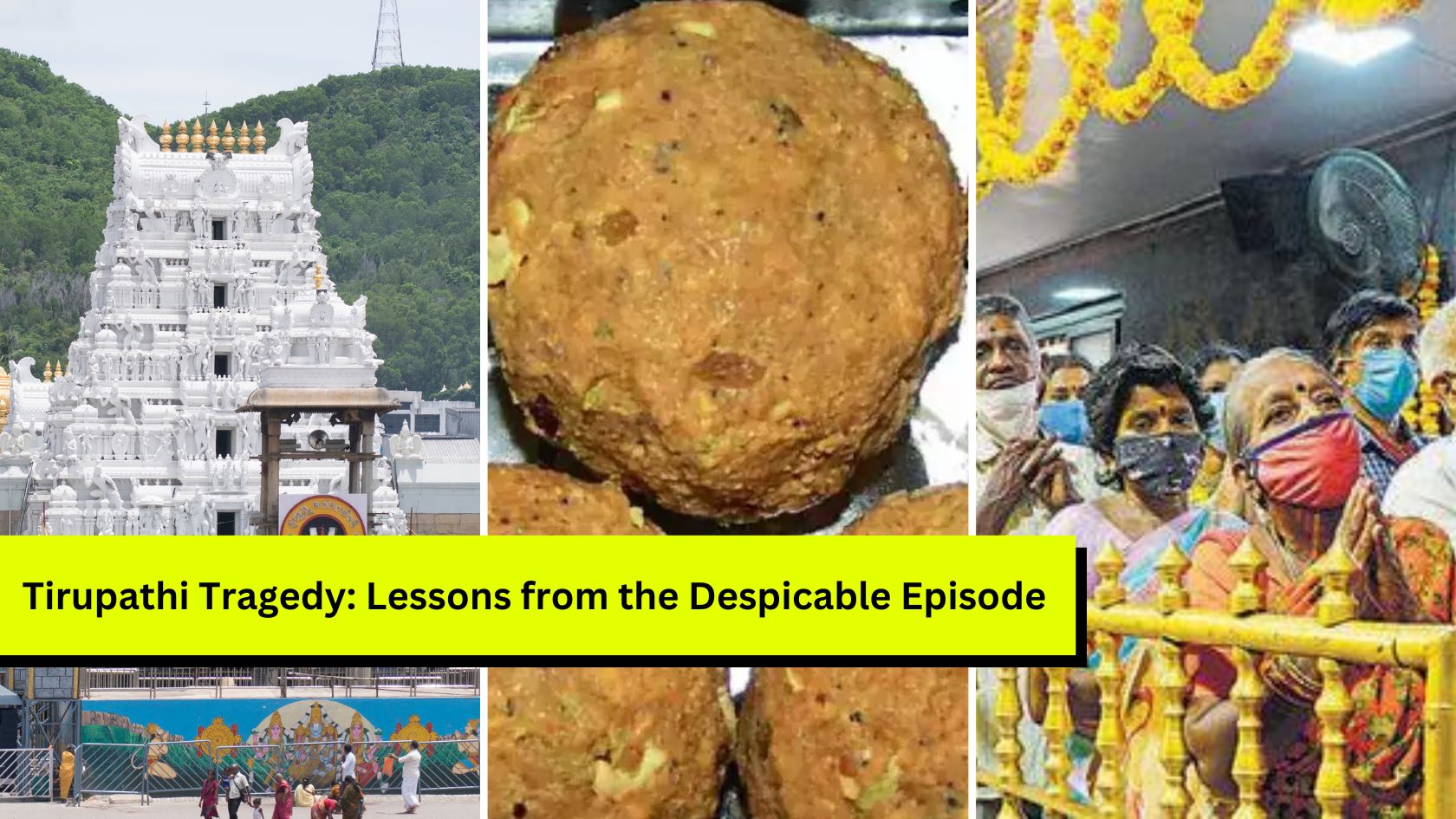
The Venkateshwara Swami Temple in Tirupati is among the holiest places in the world for Hindus. Millions of people throng the temple every year to get...

It is a sad reality that our Itihasa and Puranas have been subject to severe distortion over the years. This is not surprising considering how even th...
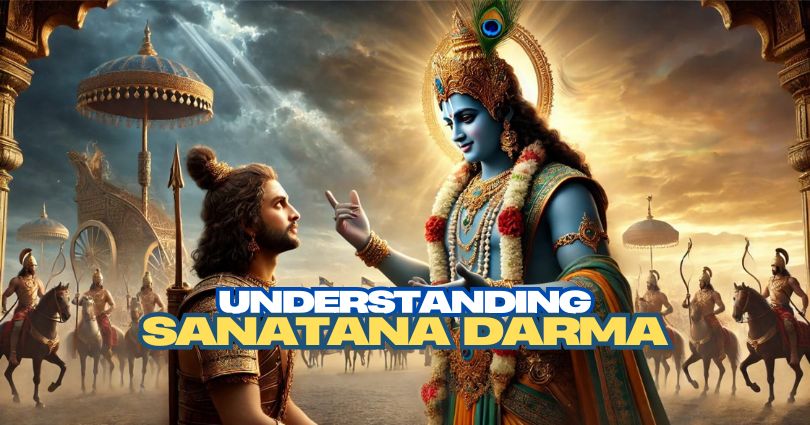
The holy land of Bharat follows Sanatana Dharma. The word Sanatana Dharma is a Sanskrit word meaning, “Eternal law”. It is the indestructible ultimate...